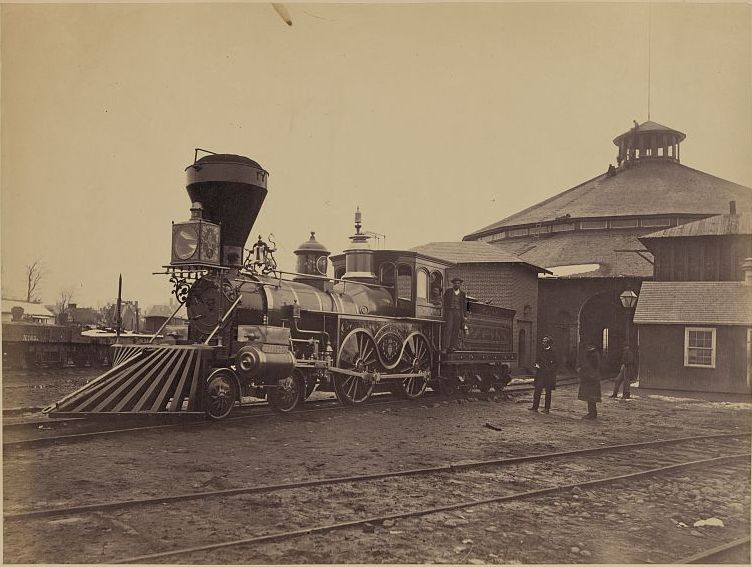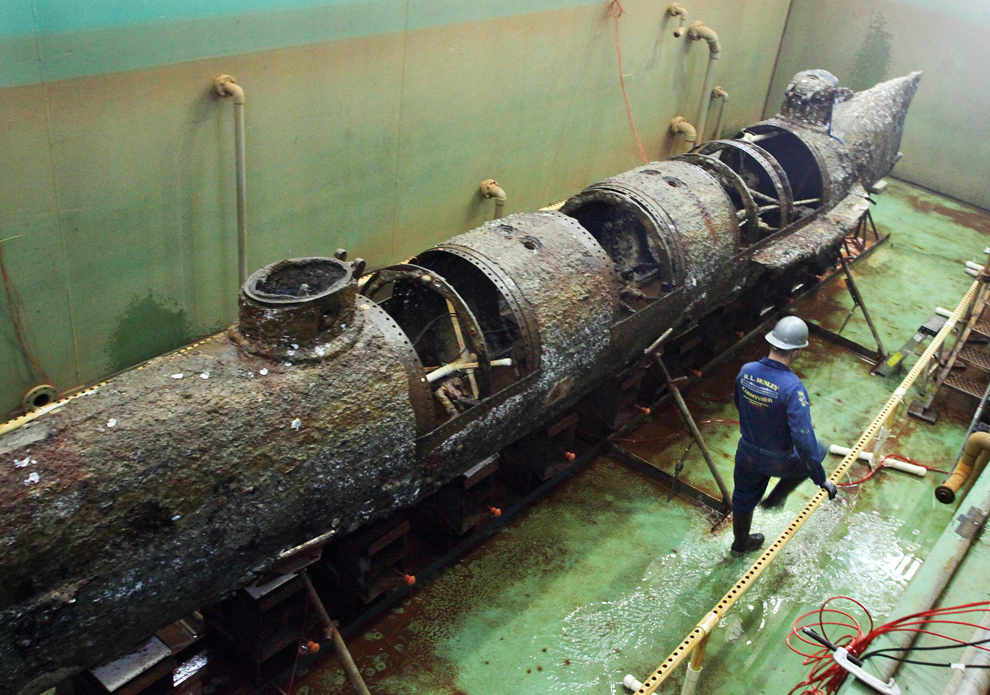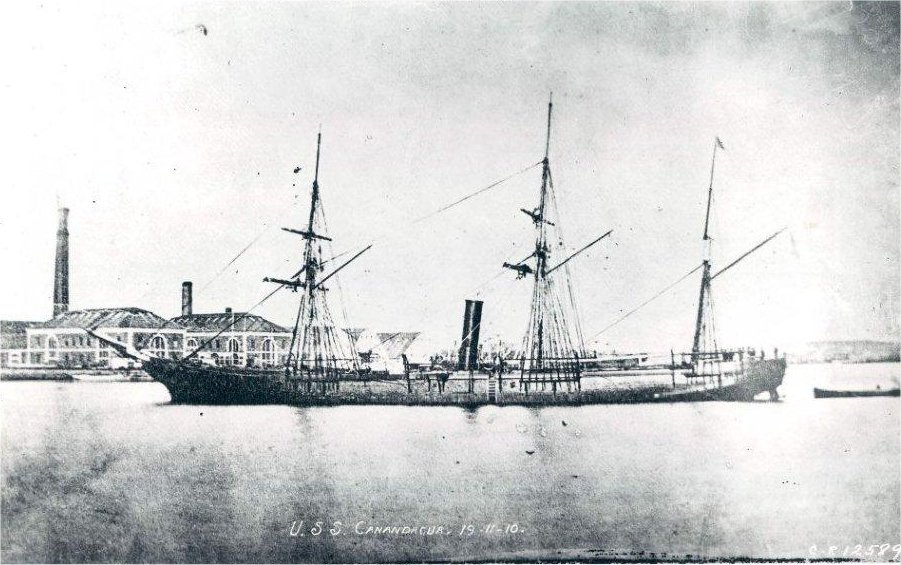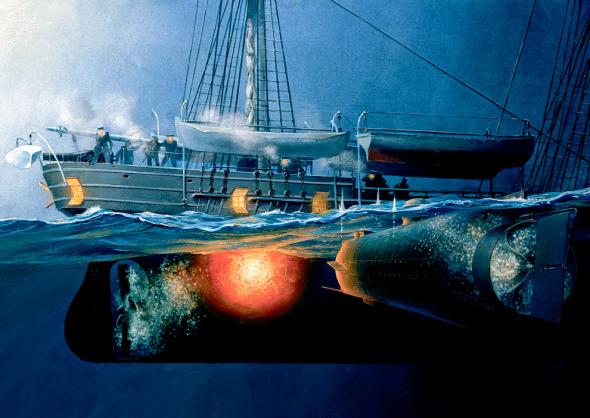The first time humans sunk a ship with a submarine was the US Civil War. It was 1864. Military technology leading up to that time consisted of single-bullet muskets and the railroad.

(Source: civilwaracademy.com)
That war brought about technologies we still use today: repeaters (rifles that fired more than one bullet at a time), and yes, submarines.
Living in a world with fleets of submarines, it’s hard to imagine what it must have been like for the first submarine crews to navigate the ocean.
Back then, there were no computer chips, no sonar or cameras. You were flying blind for the most part. Forget about trying to kill the enemy. Your focus was on not dying yourself.
Early Submarines

(Source: pinterest.com)
The first submarines were single-person affairs. There was no paling around with your navy buddies. They were at the surface, on ship decks, not in that sinking casket with you.
One of the earliest true submarines, meaning not a modified diving bell, was the American Turtle, an acorn-shaped single-person wooden sub. The operator powered The Turtle by pedaling.
For a long time, the Turtle received credit for sinking the first ship in battle, but historians have since refuted this claim. That honor goes to the Hunley.
The Hunley

(Source: news.nationalgeographic.com)
Named after the man who invented it, the Hunley could carry up to an eight-man crew, though only five were on board the night of the attack. It operated under the employ of the Confederate army.
Sadly, the night of the Hunley’s greatest moment would also go down in history as its most tragic. The sub did not survive the attack on the Housatonic, sinking just after the attack.
The crew did not escape a watery grave either. What a price to pay for going down in history as the first at anything.
The USS Housatonic

(Source: civilwardailygazette.com)
A 1,240 long tons ship, the Housatonic was what they called a screw sloop. She carried 12 large cannons and 150 men the night of the event.
The Union Navy launched the vessel in November of 1861, 2.5-years before it the event in Charleston. It was one of four sister ships.
The Housatonic captured several vessels in the years before its demise, the crew enjoying a reputation for success. It was perhaps this success that put a target on the screw sloop.
The Event

(Source: news.nationalgeographic.com)
On the evening of February 17th, 1864, the Hunley made its approach towards the USS Housatonic. This was in the Charleston Harbor of South Carolina.
Subs at the time were barely submerged, just enough to be below the surface. This made the attack all the more difficult. One has to wonder if the Housatonic crew would have known what they were seeing even if they did spot something below the surface.
The Hunley made it’s way below the water’s surface, right up to the side of the USS Housatonic, where the crew attached a torpedo to the hull of the Housatonic.
The plan was to detonate the torpedo at a distance, which they did with success, or so it seemed. The Housatonic sank.
No story captures the exact fate of the Hunley after the detonation, except that someone from the deck of the Housatonic fired on them with small arms. The Hunley also sank some unknown time later.

(Source: mikethehistoryguy.blogspot.com)
Historians divide their opinions on the sinking of the Hunley, whether it was wounded from the Housatonic puncturing a porthole or damage from the torpedo.
Only the five dead crew members of the Hunley will ever know for sure. What they could never have dreamed was how that one act would change modern warfare forever.

